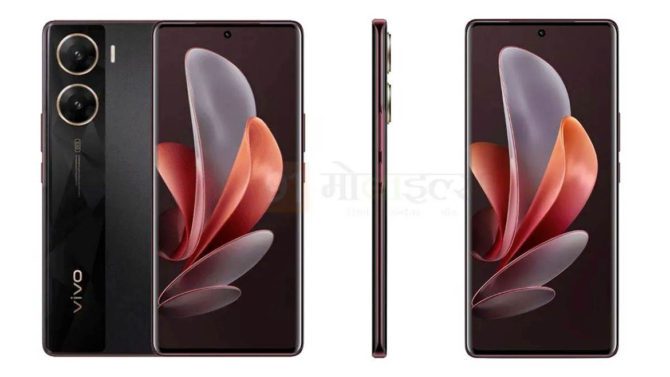WhatsApp Media update Send HD Photos and Videos

Guide on Sending High-Quality Photos and Videos via WhatsApp and Reasons Behind Opting for It
WhatsApp, the go-to messaging app for individuals outside the United States, is introducing a significant enhancement to its photo and video-sharing capabilities. Instead of the usual standard quality images and videos that are heavily compressed, WhatsApp now presents the option to transmit media in stunning “HD quality.”
The unveiling of this feature was made by Mark Zuckerberg through announcements on both Facebook and Instagram a few days back. Subsequently, many users have noticed the availability of this feature, provided they are aware of how to access it. While initially confined to photos when first introduced, my recent testing this morning reveals that HD video has also been incorporated. However, individual experiences may vary.
How to Share High-Definition Media on WhatsApp?:
- Select Media: Launch WhatsApp and open a chat thread. Capture a new photo or video using the app’s camera, or choose from existing media on your device.
- Locate the HD Toggle: Upon selecting your media and entering the editing interface, you’ll notice a new HD icon at the top. Simply tap on it.
- Choose Quality: You’ll be prompted to send the media in either “Standard” or “High” quality. Your chosen setting will apply to all media files sent. The interface provides information on resolution and, for videos, file size.
- Transmitting Media: Click ‘Done’ followed by the send button. Media sent in HD will display a small HD badge in one corner.
For context, typical standard-quality photos in WhatsApp are often reduced to less than 3MP resolution. The new HD alternative, however, allows for images with resolutions up to 18MP. With most default camera settings, your photos are likely captured at around 12MP, thus making the HD quality option a means to share the unaltered version of your photo within a WhatsApp conversation. Video resolution is also significantly enhanced, though sending 4K or even 1080p videos won’t be feasible in the immediate future. For videos, the HD upgrade takes the quality from 480p to 720p.
It’s important to note that this is a per-message setting, requiring you to choose HD quality each time you send media, at least for now. Whether this remains the case is currently unclear, but it’s likely that the content and purpose of your photo or video will determine whether high-resolution media is necessary for a simple chat. Personally, many of the things I send via WhatsApp don’t require such high pixel density, though there are occasions when it’s fitting.
When Standard Quality Might Be the More Practical Choice:
While the prospect of sending and receiving media in HD is enticing, there are certain considerations to bear in mind. Higher quality entails larger file sizes, longer transmission times, and a greater consumption of cloud backup space. Remember, the images sent via WhatsApp are usually backed up in the app, which consumes cloud storage on both the sender’s and receiver’s ends. Most people probably wouldn’t appreciate receiving oversized photos just for illustrative purposes during a chat.
Conversely, there’s an advantage to utilizing HD mode when sharing a photo on WhatsApp for specific purposes that require higher resolution. This is particularly relevant when sending a featured image for a website. By using HD mode, the assurance of sending the image in its full resolution without resizing to fit standard quality settings is achieved. Instances where I’ve had to dissuade others from sending me photos through WhatsApp due to quality concerns are no longer an issue.
In essence, higher quality can be remarkably beneficial, but it’s not always the most suitable choice. Therefore, it might be advisable for WhatsApp to offer this feature as an optional switch for each piece of media sent. For approximately 80% of the content shared, standard quality would suffice—transmitting quicker and consuming less storage for all parties involved. And when a higher level of quality is warranted, the process of increasing resolution is refreshingly straightforward.
Stay Updated about the latest technological developments and reviews by following TechTalk, and connect with us on Twitter, Facebook, Google News, and Instagram. For our newest video content, subscribe to our YouTube channel.





